Our staff will be there to greet you at Tribhuvan International Airport and take you to your hotel, followed by a briefing covering information, dos, and don’ts of your trek. Your safety and comfort are paramount.



Today, we will focus on the necessary paperwork required before heading into the mountains. You may wish to spend the remainder of the day sightseeing in Kathmandu Valley and visit Pashupatinath, which is regarded as the holiest Hindu temple in Nepal and where pilgrims worship Lord Shiva (situated on the banks of the holy Bagmati River), Bouddhanath, a Buddhist temple known as ‘Little Tibet’ and then on to Swayambhunath known as the Monkey Temple. From Swayambhunath you can head to the famous Durbar Square, a UNESCO World Heritage listed site and located in front of the old royal palace. Upon arriving back at your hotel you may have time to do some last minute shopping around Thamel – the tourist hub of Kathmandu.



From Kathmandu, we drive for approx 8 hours to Syabru Beshi. After driving 30 kms, we approach pristine villages on the banks of the river Trishuli. We also get to view the enchanting panorama of the Himalaya, including the Annapurna, Manaslu, Ganesh Himal and the peaks of the Langtang region. Stay overnight at tea house.



Today, the first part of our trail crosses through Bhote Koshi and follows the Langtang Khola. Then the trail gradually ascents up to Bamboo passing through Landslide. Afterwards, our trek ascends gently to Rimche (2400m.) through Bamboo (1960m.) which lies at the bank of Langtang Khola. We will have lunch at this place if you like. And at the end our trail we level to the Lama Hotel. En route we could see red pandas, monkey and bear if we are lucky. Stay overnight at tea house.



Trek from Lama Hotel to Langtang village via Ghora Tabela which takes about five to six hours. As we continue climbing there are occasional glimpses of Langtang Lirung between the trees. At Ghora Tabela [3000m], the trail emerges from the forest. While walking here, we can catch a glimpse of white monkeys and local birds.
Once there was a Tibetan resettlement project here, but now it is a Nepalese army post though it has no permanent inhabitants. The trail continues to climb gently and the valley widens, passing a few temporary settlements used by herders who bring their livestock to graze in the high pastures during the summer months. There is a monastery which we can visit shortly before arriving at the village of Langtang, the headquarters of the Langtang National Park. The houses of Langtang and its neighboring villages are of the flat-roofed Tibetan style, surrounded by stone walls enclosing fields of buckwheat, potatoes, wheat, turnips and barley. Stay overnight at tea house.



Our trail climbs gradually through small villages and yak pastures as the valley opens out further and the views become more extensive. After crossing several small streams and moraines, the trail reaches the settlement at Kyangjin. Here, there is a small monastery and a government-operated cheese factory. We should arrive at Kyangjin by lunch time allowing time to acclimatize and explore the area. It is a dramatic setting, with snow covered peaks surrounding us in all directions. At this point, we can enjoy the panoramic view of Dorje Larpa (6990m.), Langtang Ri (6370m.), Langtang Lirung (7245m.) and so on. Stay overnight at tea house



This is a day to rest and explore the area. Rest day at Kyangjin Gompa and excursion in and around. We can visit the monastery and the cheese factory, walk up the moraine to see the spectacular ice faces and tumbling glaciers of Langtang Lirung or ascend Kyangjin Ri [4350m], directly behind the village, for a breath-taking panorama of the Langtang peaks. Stay overnight at tea house.



Today we head to higher altitudes and will spend about 6/7 hours until we arrive at Naya Khang Base Camp where we will stay the night in the Tent.



This is the reserve day or might be called as acclimatisation day. We make our final preperations to conquer Naya Khang Peak. Our guides will provide the necessary trainings on handling fixed ropes and crampons, and various other technical instructions.



Again we set out to higher altitudes which further prepares us and assists in climbing to Naya Kharka Peak. We will stay at high camp overnight.



We have a hard day ahead of us today of about eight to nine hours ascending to the peak. Ideally we should reach the peak around lunchtime and be blessed with panoramic views of Shishapangma, Dorje Lakpa, Gangchempo, Naya Kang, Tserko Ri and Langtang Lirung. This is a marvelous photo opportunity and after some time to rest we will head down to base camp for the night.



We have set a side an extra day in the event that the weather is not suitable for climbing. Next day will try again for the summit attemt.



Naya khang Base camp to Kyanjin village is a trek that only descends. We're close to the inhabited area. But it is also still an alpine zone. There, we can see different fauna and flora. We're close to the inhabited area. It is also still an alpine zone. There, we can see different fauna and flora. On this way, we can also see the Guru Padmasambhava sacred place. By crossing the Langtang River, we reach Kyanjin Gompa. Kyanjin Village is a huge pastureland with Buddhist monasteries, stupas, and Buddhist culture, and after the earthquake it is not less than a city, where everything is available for the tourist.



After our early breakfast in Kyanjing Gompa, we walk down to Lamahotel.



Today's hike is most of it on downhills, The trail slopes down through the forest where you come across small Chortens. The trail gets bumpy and stony as you walk further, but you may encounter red pandas, bears, monkeys, and various species of birds en route. Retracing your way throughout the trek, you reach Thulo Syabru for an overnight stay at the hotel.



After breakfast, we drive back to Kathmandu from Syafru Bensi which will take some 9 hours by bus or Land cruiser depending on group size. You will be shifted to the same Hotel from where you left.



Today is your final day in Nepal. Our company representative will drop you off at Tribhuvan International Airport for your scheduled flight home. We bid you farewell. Thank you, Namaste.
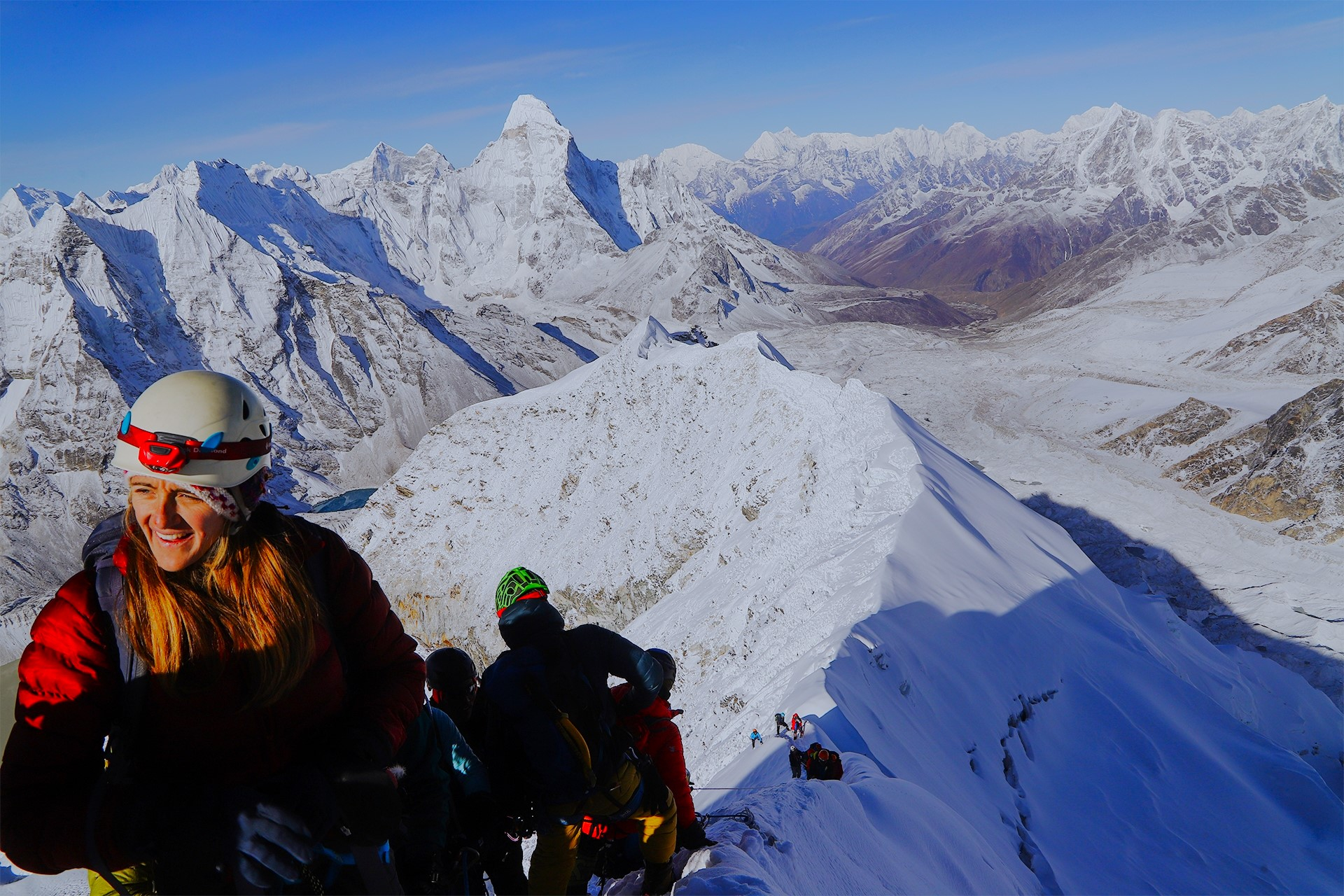
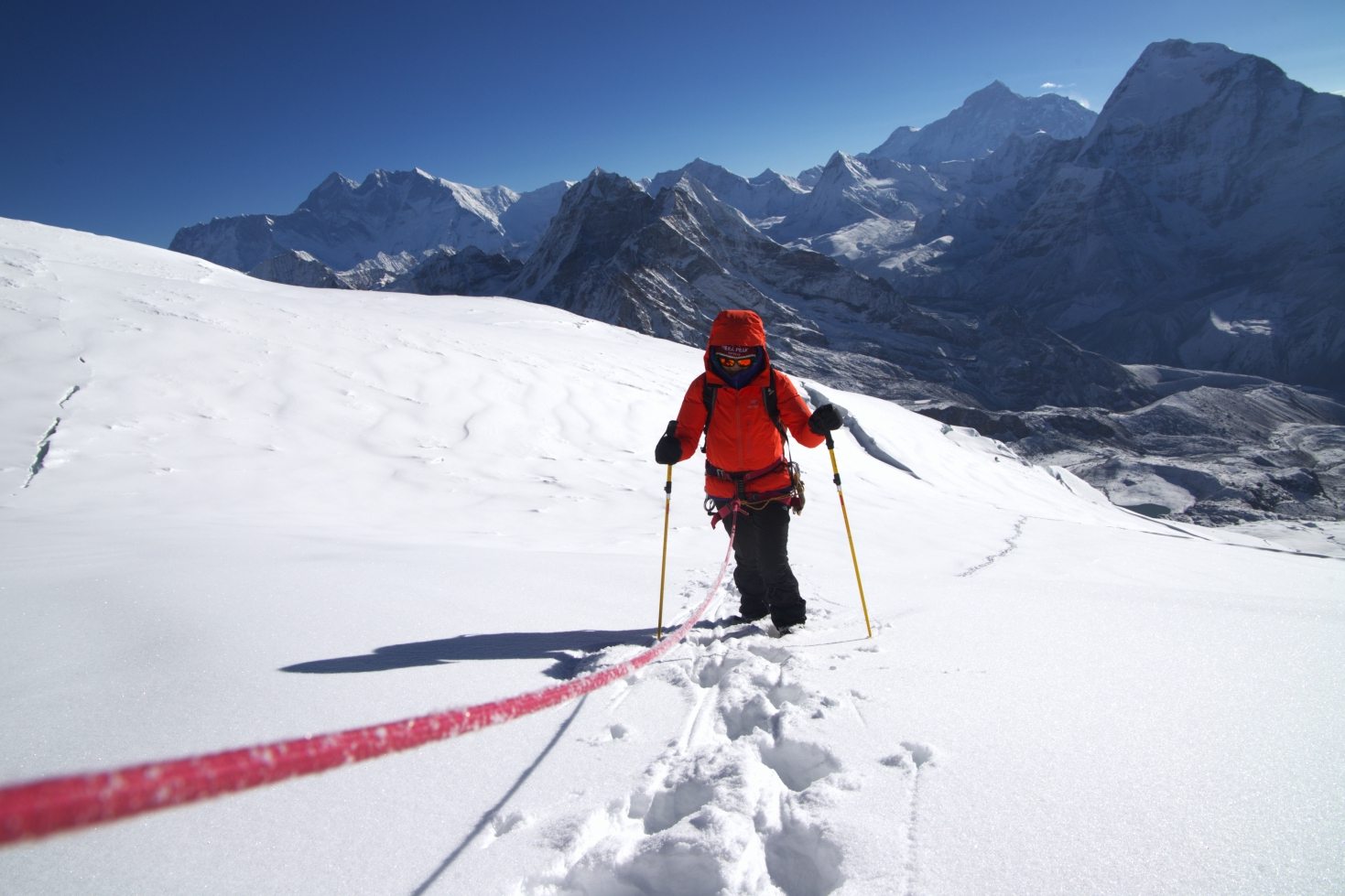
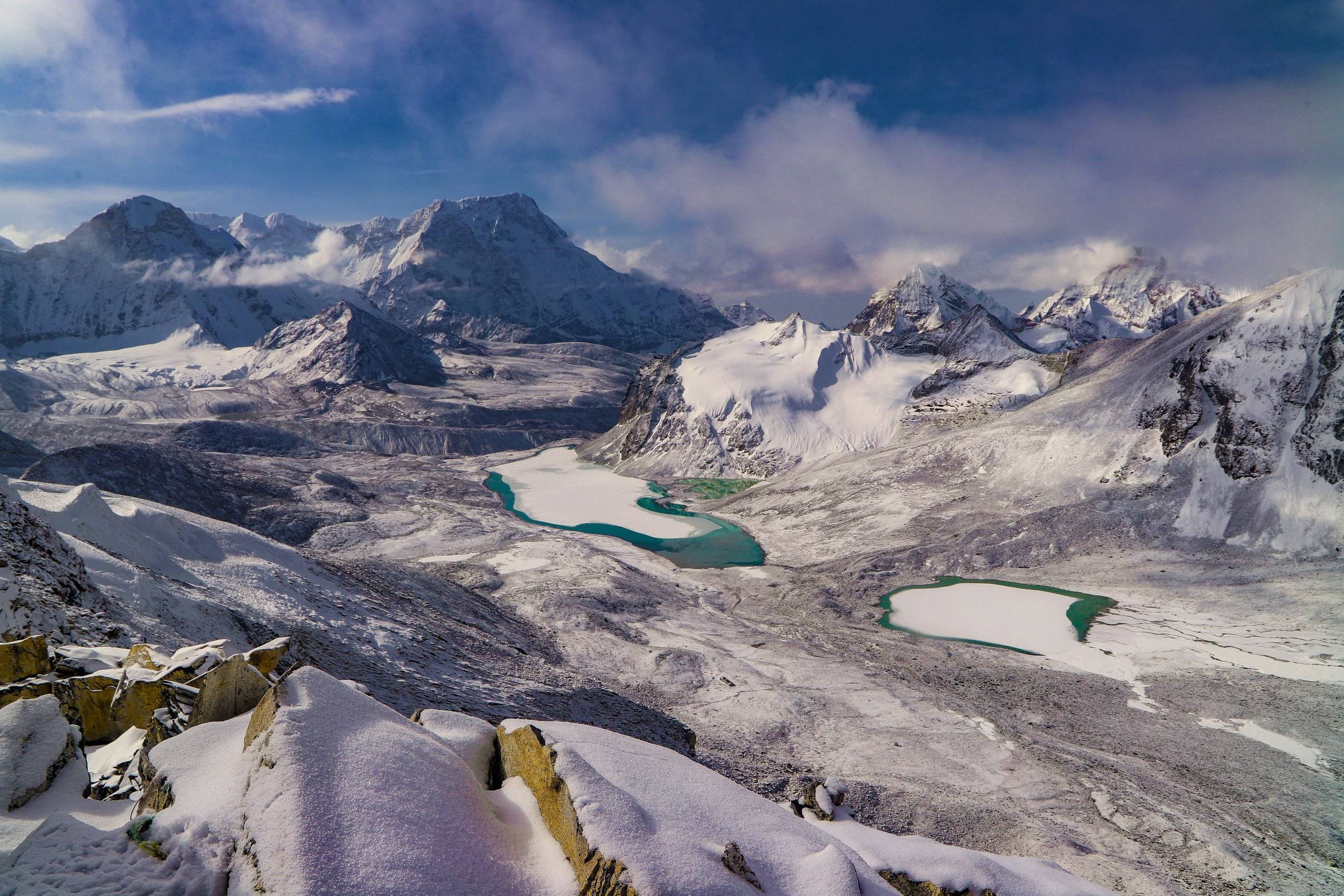
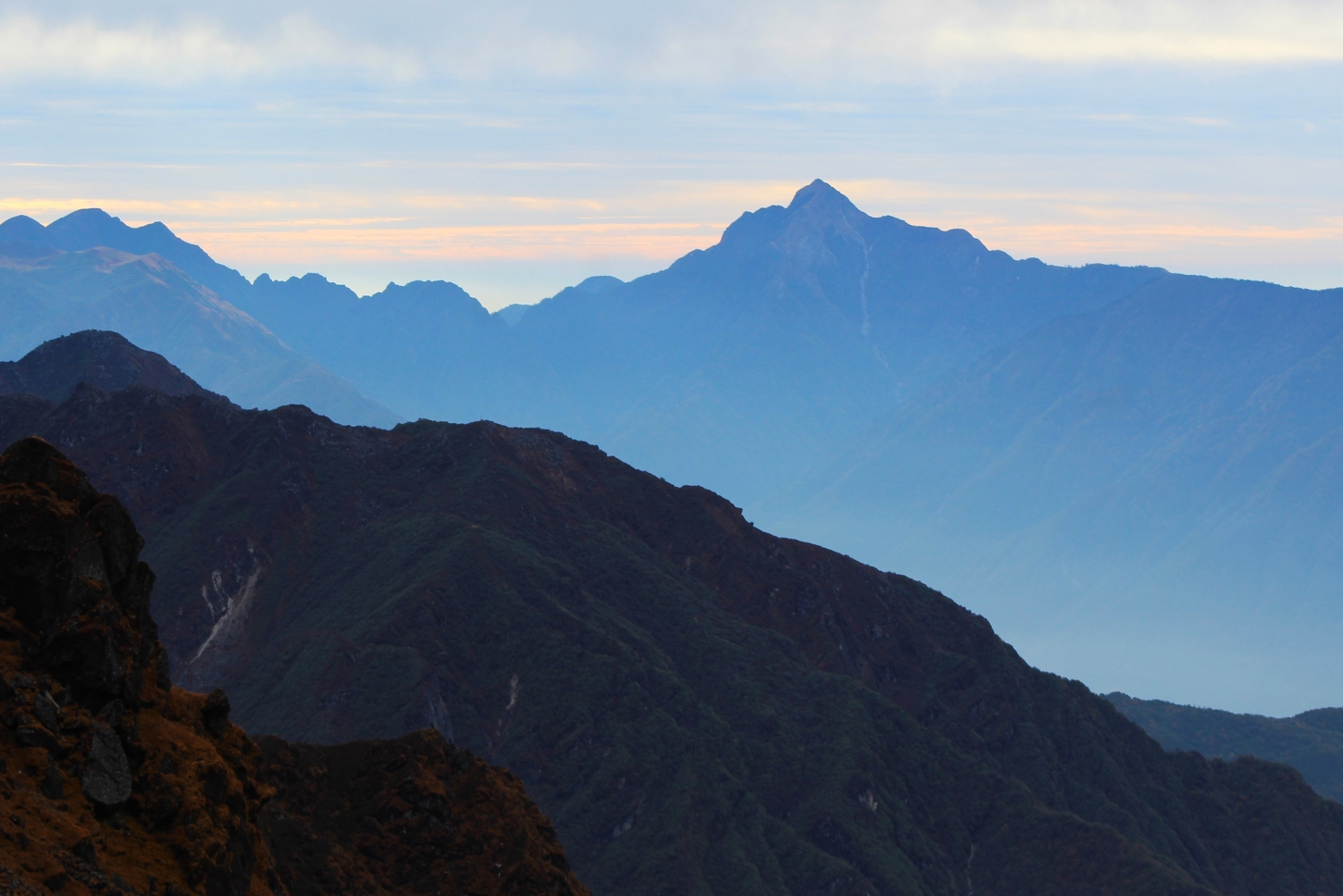
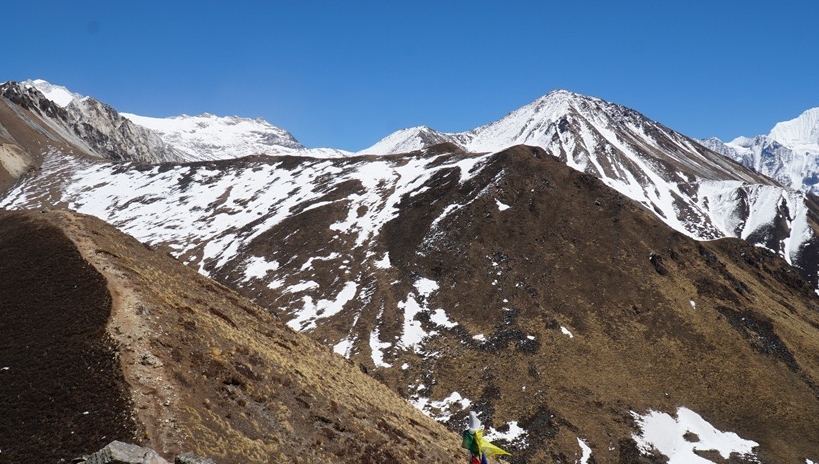
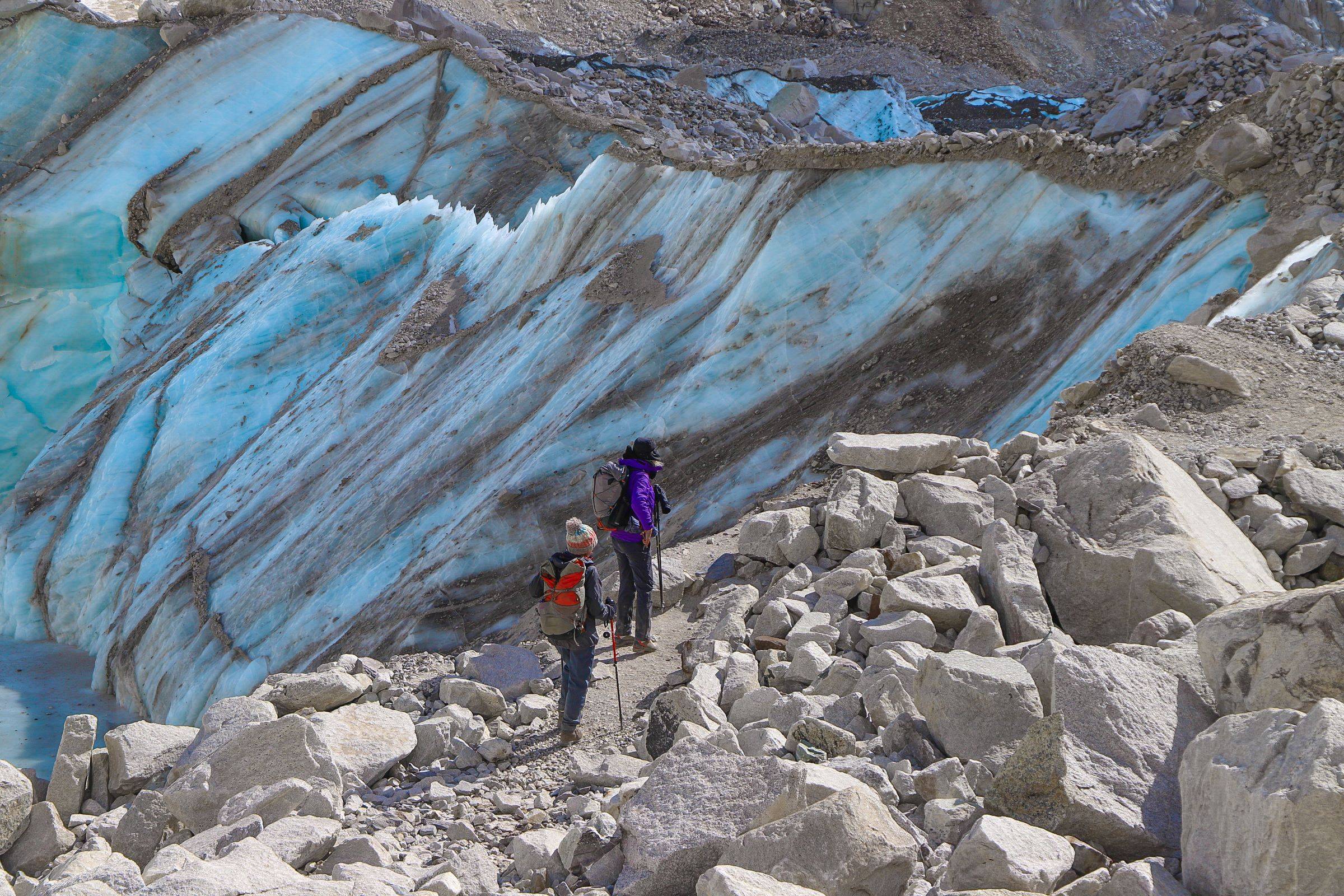
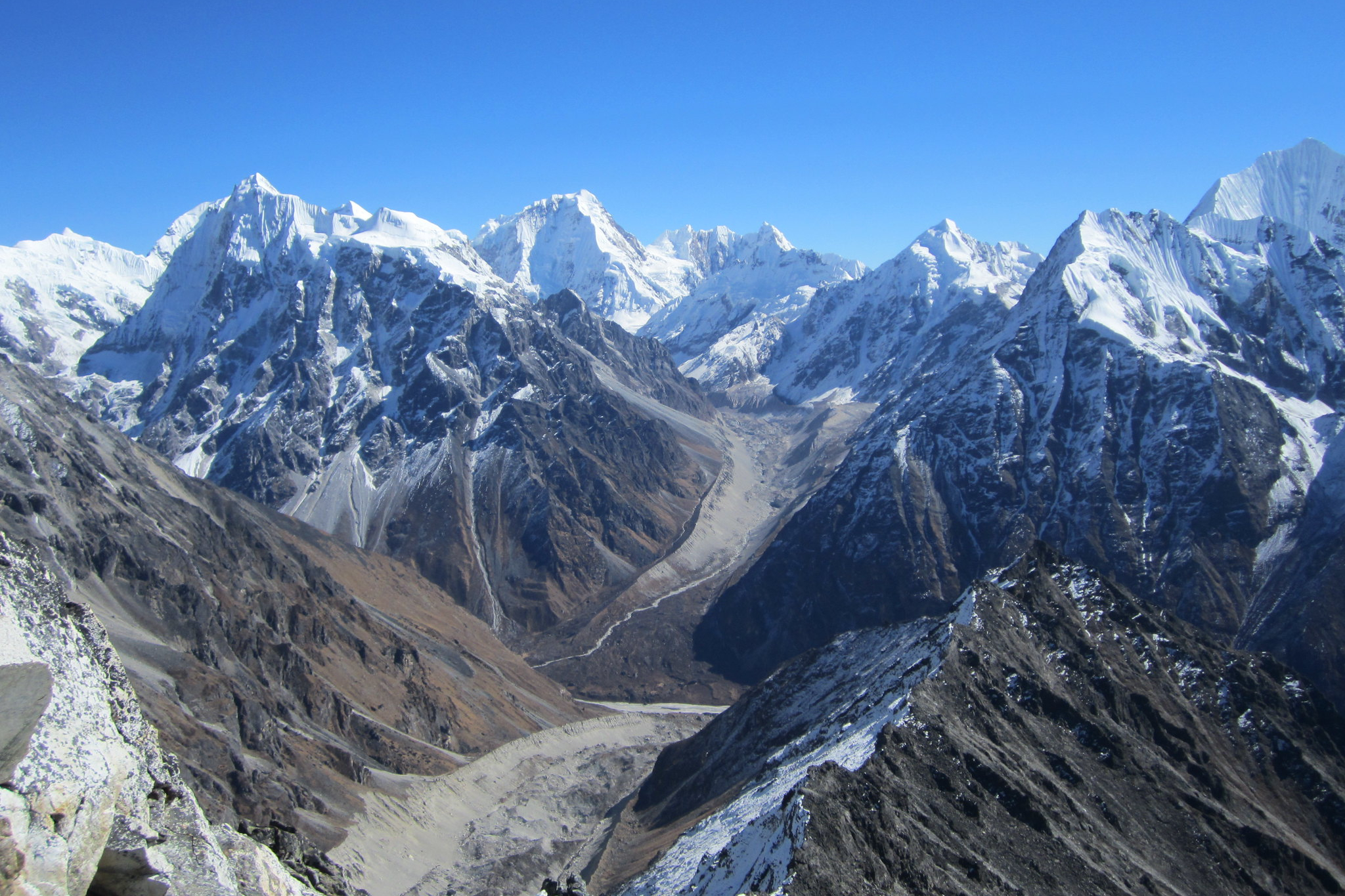
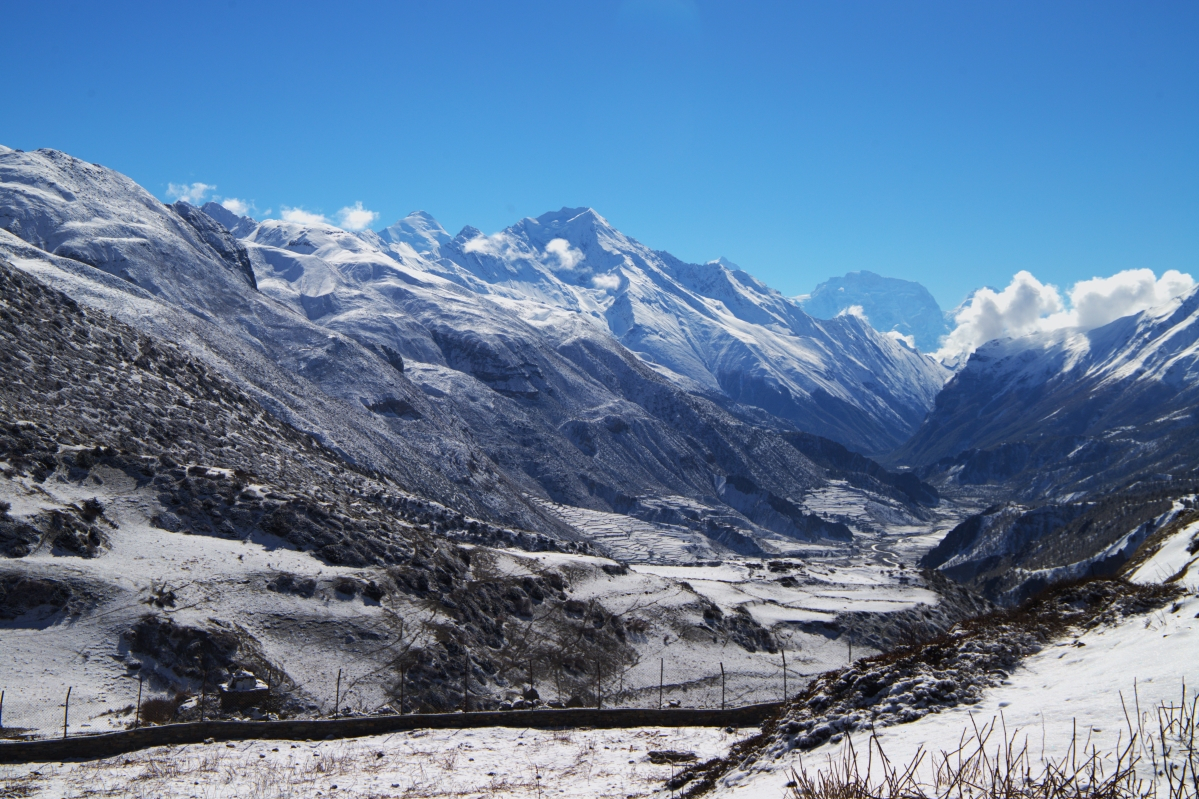


Discover incredible offers for your upcoming adventure by subscribing to our newsletter with the latest travel tips and updates.
